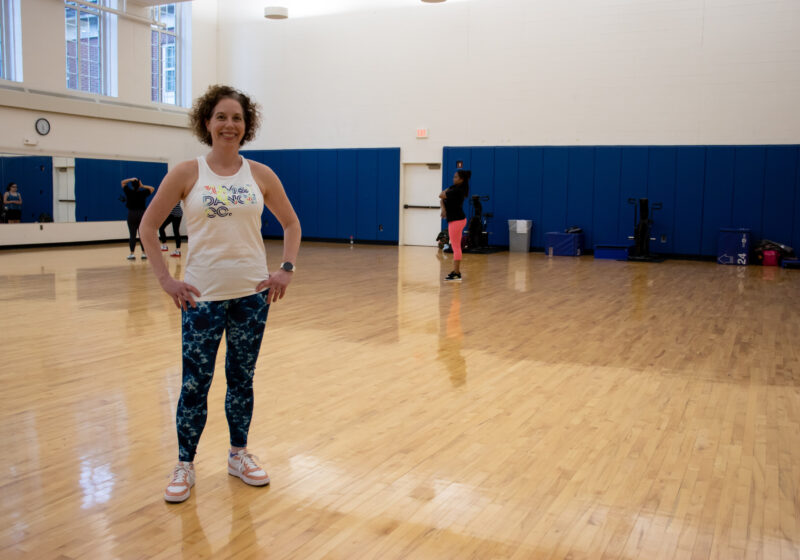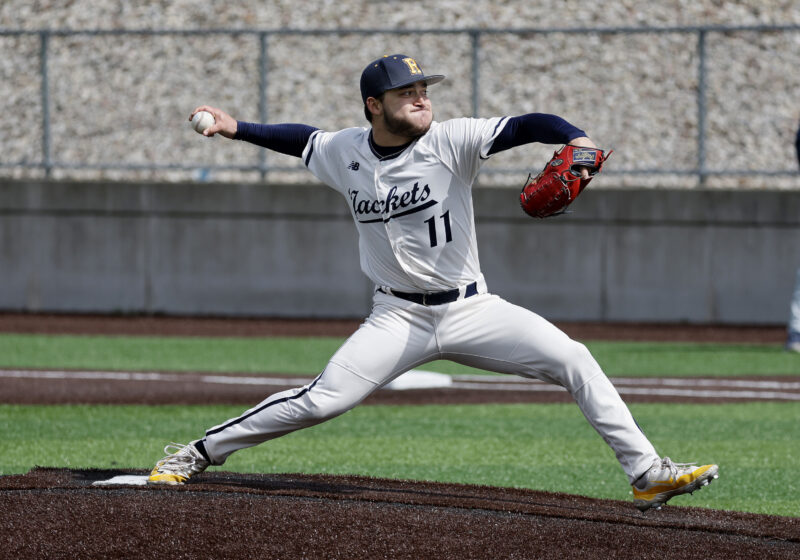Aurek Ransom: What do you think is important for us to know about what you did before [coming to] Eastman?
Keith Elder: Prior to Eastman, I worked 18 years in the Boston Symphony and the Boston Pops. While working there, I got a degree in law, so I’m a lawyer as well. While working, I programmed all of their classical concerts, from James Taylor to B.B. King and Bonnie Rait. Then, I went on to the Detroit Symphony, where I was their vice president. Then, I got out of the business and I was a lawyer. I had a law practice south of Boston. Then, I had the opportunity of getting back in the music profession and coming back here to the UR and Eastman to direct concert activities.
AR: What’s your favorite thing about Eastman so far?
KE: The quality of the students is amazing. The community here in Rochester and how it embraces the arts is phenomenal. It is a wonderful place. People talk about how the winters are snowy, but it does not slow down what happens here. There are over 700 concerts a year that we do at Eastman. It’s fabulous.
Jeff Howard: I was curious, because the “Eastman Presents” Concert Series is new. It started in 2013, from my understanding.
KE: It is and it isn’t. It was something that I was brought here to put together as one of our series. It basically continues the tradition of George Eastman. From 1927, when the hall opened, until the late ‘60s or early ‘70s, major artists would perform at Eastman. So, Eastman Presents is kind of a recreation of that series, bringing top-notch artists from many different musical genres here at Eastman.
JH: I definitely noticed the element of variety when I was reading through the concert. The two that piqued my interest the most were the “Final Fantasy” concert and the “Hydrogen Jukebox” Phillip Glass one.
KE: The “Final Fantasy” [concert] actually is through the Rochester Philharmonic. The “Hydrogen Jukebox” [project] is an interesting opera that our opera theater is doing. For Eastman Presents, we’ve got Wynton Marsalis coming in. We have Kathleen Battle from the Metropolitan Opera: great international soprano. We have Bela Fleck, a banjo player. We just had Kristin Chenoweth, and we have the Ukulele Orchestra, which kicked off the season.
JH: With Eastman Presents, are you tying to modernize or reinvent Eastman’s image at all?
KE: What we’re trying to do, honestly, is bring in the great artists out there—like I said, Wynton Marsalis and Kristin Chenoweth. Chenoweth did a Q-and-A for the students and was able to perform for them. Quality is always top. It’s not about redeveloping anything, but it’s making sure that we’re bringing in quality artists and bringing Kodak back to being a major performance venue in the United States.
JH: Interesting. Are you pleased with the student turnout at these concerts?
KE: Yes, the student turnouts have been great. Students can go to the box office and buy tickets with a URos account, which is something we just started last year. And so, student turnout to the concerts, but also to the Q-and-A’s, has been really great.
AR: What’s been the most rewarding part of your job so far?
KE: I think the most rewarding part for me is seeing the moments the students are able to capture—for example, during the Q-and-A with Chenoweth, seeing how excited the students were to have that opportunity. Students would come up after and say it was a life-changing event, and that it would stay with them for a long time. That’s been the best part for me with the series. It reminds me of years ago when I saw the New York Philharmonic
with Leonard Bernstein, and how that was a life changing event for me.
AR: I’ve heard that you have some interesting stories about experiences you’ve had on the job.
KE: So the 2001 Super Bowl, which was in New Orleans, I had a wonderful opportunity working, producing pregame shows. I think I had Mariah Carey and Paul McCartney, as well as the World Series ring ceremony, as well as the Ryder Cup, as well as other concerts. So I’ve been fortunate from that angle.
AR: Is there an advantage to working in a more low-key place like Eastman, as opposed to booking events for the Super Bowl?
KE: [Laughs] Sure! I think it has to do with the education and being able to touch people’s lives. When I came here to do the interview process three years ago, [I noticed] one, being in Rochester and seeing how great the arts community is here, and two, the students—not just at Eastman, but the University of Rochester. Music is an important piece to the student fabric here. And, so, that was an important piece of working in a position that’s not as, I guess you’d say, intense. But the other piece of it is that we do over 700 concerts a year, and so it might not be as high-profile, but it is just as much, just as busy. And I look at these student concerts just like I would look at the Super Bowl, or anything of that sort.
AR: Is there anything else that you want us to know, or that you want to tell us?
KE: Well, I think we’ve talked a lot about Eastman students, but I think the University of Rochester students are extremely important to the whole equation. One of the things that I’m very proud that we started since I’ve been here is that we’ve got students from the University of Rochester coming over working as ushers and working in our offices and coming to see concerts, so that this coordination and collaboration is not just sort-of a downtown, three-mile-away Eastman thing, but it’s a University of Rochester—as a whole—concept. So I think that will, looking at the URos—looking at the different things and areas—make it accessible to the students. That’s an important piece of what we’ve been trying to achieve. And then the other is that, if anybody’s interested in other things that we have going on, eastmantheatre.org is the website, and you can go on and take a look at all of our concerts that we have happening.
JH: I have one final question, and that’s if there’s one artist that you would love to book at Eastman in the future, who would that be?
KE: You know, people always ask me that, and there really isn’t one artist. For me, it’s very important that within the next few years we have a major orchestra—such as the New York Philharmonic or the Boston Symphony or the Chicago Symphony—here; I think that’s an important piece. I think it’s important that we continue bringing in the top artists off of Broadway. And then I think it’s important for us to be able to bring in some contemporary artists, like I said with Nora Jones. I think, on a non-musical end, when you say top artist, I’d love to also spice up and throw some dance and lecture into the series, so that there would be some potential dance projects or potential lectures. Pretty interesting and intense projects. A project that’s out there that I’ve been trying to get in has been Billy Joel, to give a lecture from the piano, which is actually a really cool thing. It’s not a concert; it’s a lecture, about his life from the piano. And so it’s the sort of project that I think is really interesting and cool; something like that, I could see in the future.
AR: Do you look for artists that will directly engage with the students? I know Kristin Chenoweth invited a group of eight Eastman students, and I know Wynton Marsalis is very engaged in teaching, as well.
KE: You know, what I find interesting is the level of artist that we’re looking at, almost all of them want some sort of engagement with the students, because the Eastman students, but also the University of Rochester students, are some of the premier students in the country. You know, one of the interesting things with the Nora Jones concert that’s coming up is that Nora has played here multiple times with the jazz festival, but she’s been pretty adamant about wanting to play here when school is in session so students could go. And so, I find that most of the artists that we look at that are on the top, premier end want to really give back and engage with the students. And that actually helps us in getting some of the top talent here.


